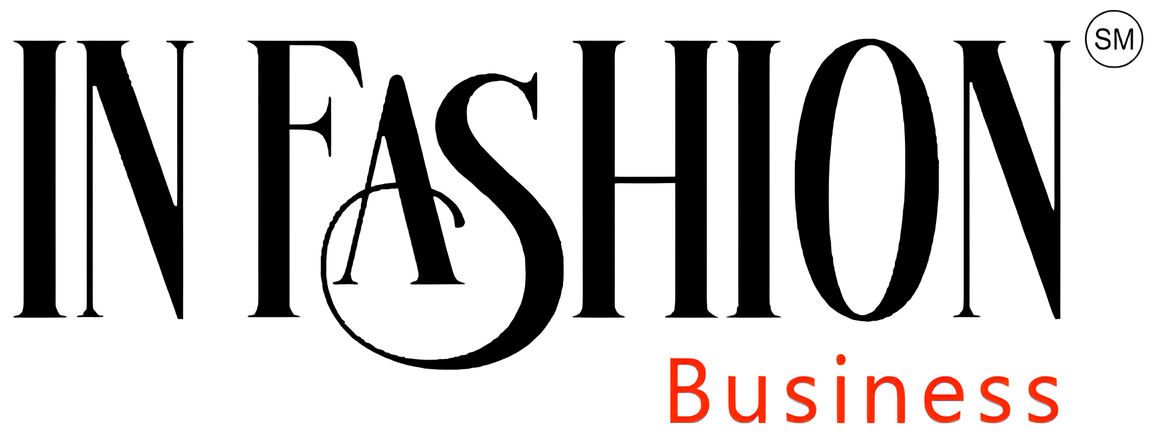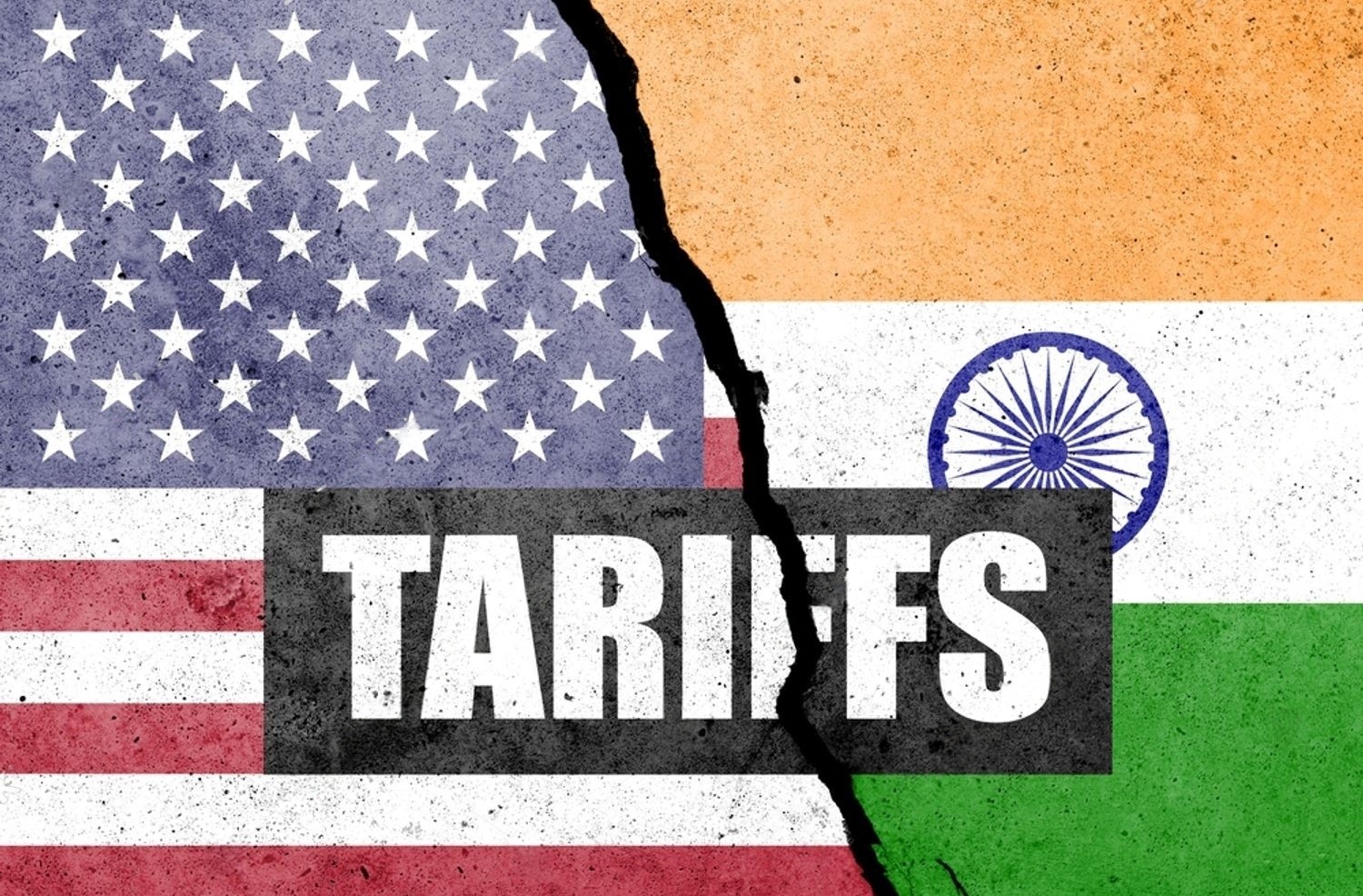APPAREL EXPORTS US TARIFF HIKE INDIA COMPETITIVENESS CHINA VIETNAM BANGLADESH SRI LANKA KNITTED APPAREL WOVEN APPAREL JERSEYS PULLOVERS CARDIGANS WAISTCOATS COTTON MANMADE FIBRES T-SHIRTS TROUSERS US APPAREL MARKET GEOPOLITICAL SHIFTS NATIONAL
INDIA
By IFAB MEDIA - NEWS BUREAU - August 12, 2025 | 945 4 minutes read
The United States imports apparel worth $80 billion annually, with India holding a modest 6% share—equivalent to about $4.8 billion. The breakdown of US apparel imports shows China leading with 21%, followed by Vietnam (19%), Bangladesh (9%), India (6%), and Sri Lanka (3%).

In terms of product categories, current tariffs stand at 13.9% for knitted apparel and 10.9% for woven apparel. After the proposed revision, these rates are expected to surge to 63.9% and 60.9% respectively.
The US is India’s single largest apparel export destination, accounting for 33% of the country’s total apparel exports. Key products imported by the US from India include:
-
Jerseys, pullovers, cardigans, waistcoats and similar articles of cotton (knitted or crocheted): $425 million from India out of $7.24 billion total (6% share)
-
Jerseys, pullovers, cardigans, waistcoats and similar articles of manmade fibres (knitted): $33 million out of $5.034 billion total (1% share)
-
T-shirts, singlets and other vests of cotton (knitted or crocheted): $368 million out of $4.881 billion total (8% share)
-
Men’s or boys’ trousers, bib and brace overalls, breeches and shorts of cotton: $123 million out of $4.597 billion total (3% share)
-
Women’s or girls’ trousers, bib and brace overalls, breeches and shorts of cotton (excluding knitted): $116 million out of $3.894 billion total (3% share)
Across all categories, India’s share remains in single digits, indicating that US brands have alternative supply bases and could shift volumes quickly if the tariff hike is implemented.
Earlier this year, proposed lower tariffs for India compared to Bangladesh, Vietnam, and China under the Trump administration were seen as a growth opportunity in the $16 billion US apparel market. However, geopolitical shifts have reversed this advantage. India now faces a potential 50% tariff, compared to 20% for Bangladesh and 30% for China—a gap that significantly erodes competitiveness.
Many exporters are reportedly halting US-bound orders, with some shipments being made at a loss. The proposed tariff hike is expected to cause a decline in exports, squeeze margins, lead to job cuts, and heighten uncertainty in this labour-intensive sector.
The industry is seeking reduced tariffs through a bilateral agreement with the US, similar to Vietnam’s arrangement. However, exporters cannot rely solely on this possibility. Large players, especially those with around 75% of exports going to the US, are exploring relocation, diversification, and even acquisitions in the US market. Smaller exporters, lacking such resources, face a far more challenging path.
“At this stage, we are only evaluating the situation and possible scenarios—the full impact will only become clear once the final outcomes of the tariff revisions are known,” said P Senthilkumar, Partner at Vector Consulting Group.











